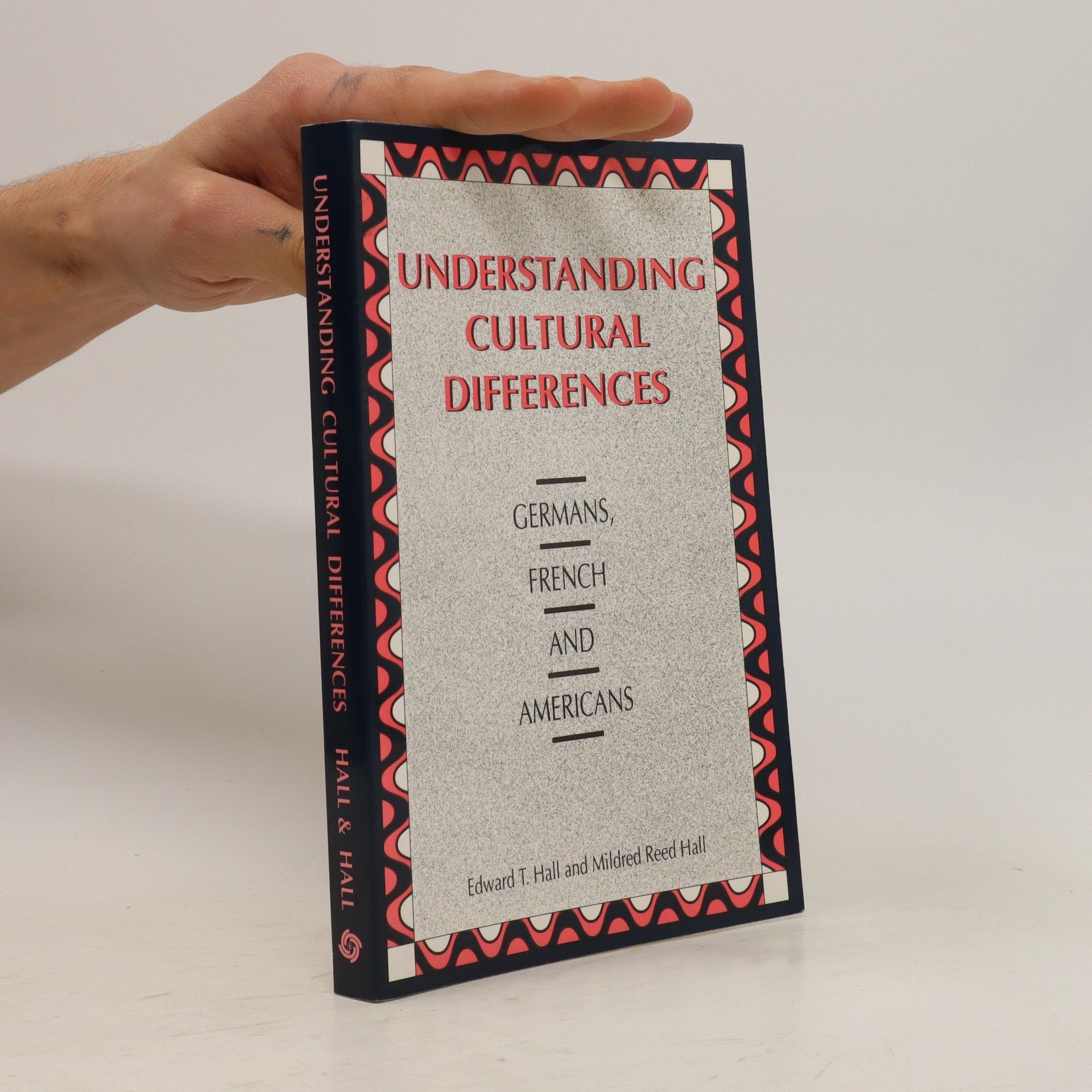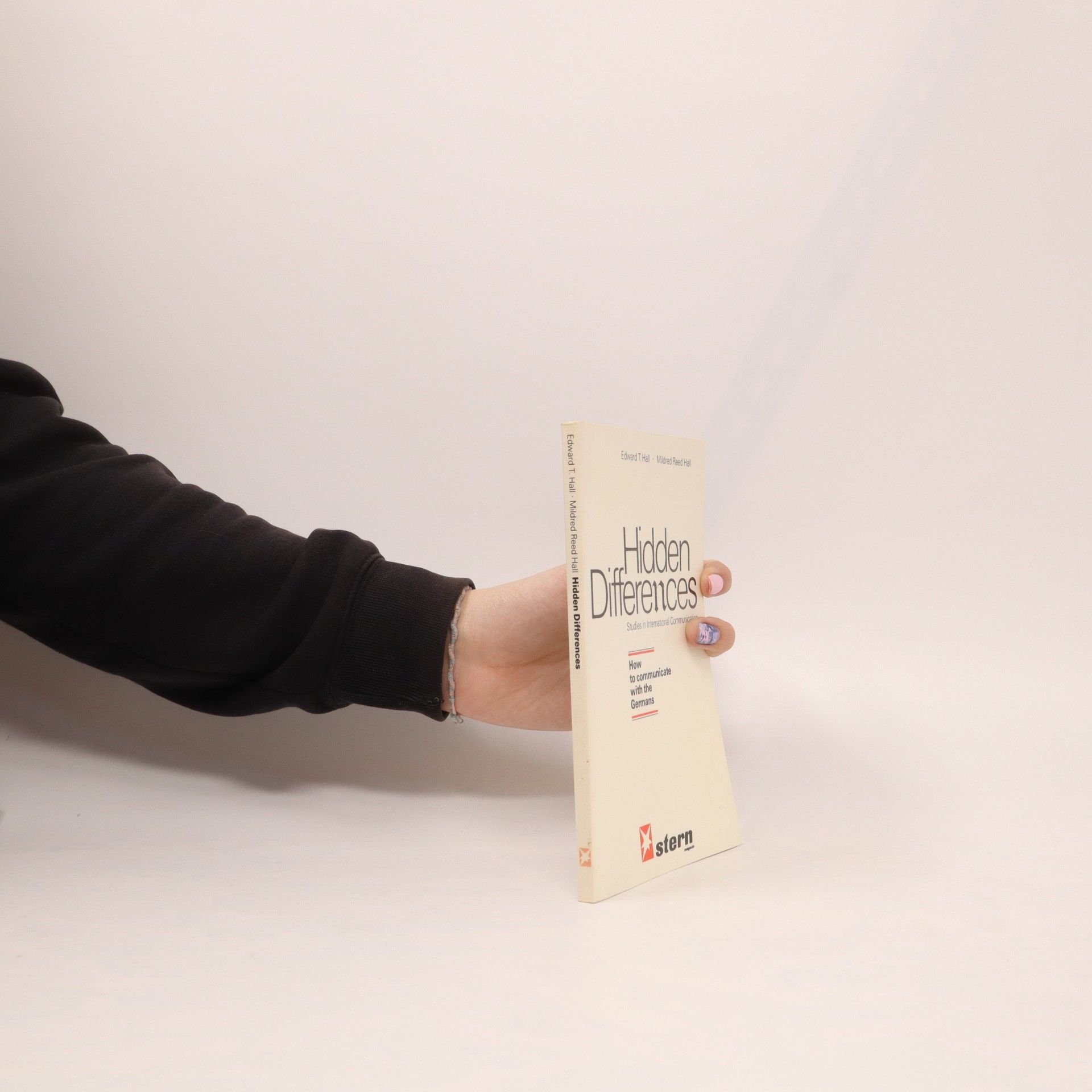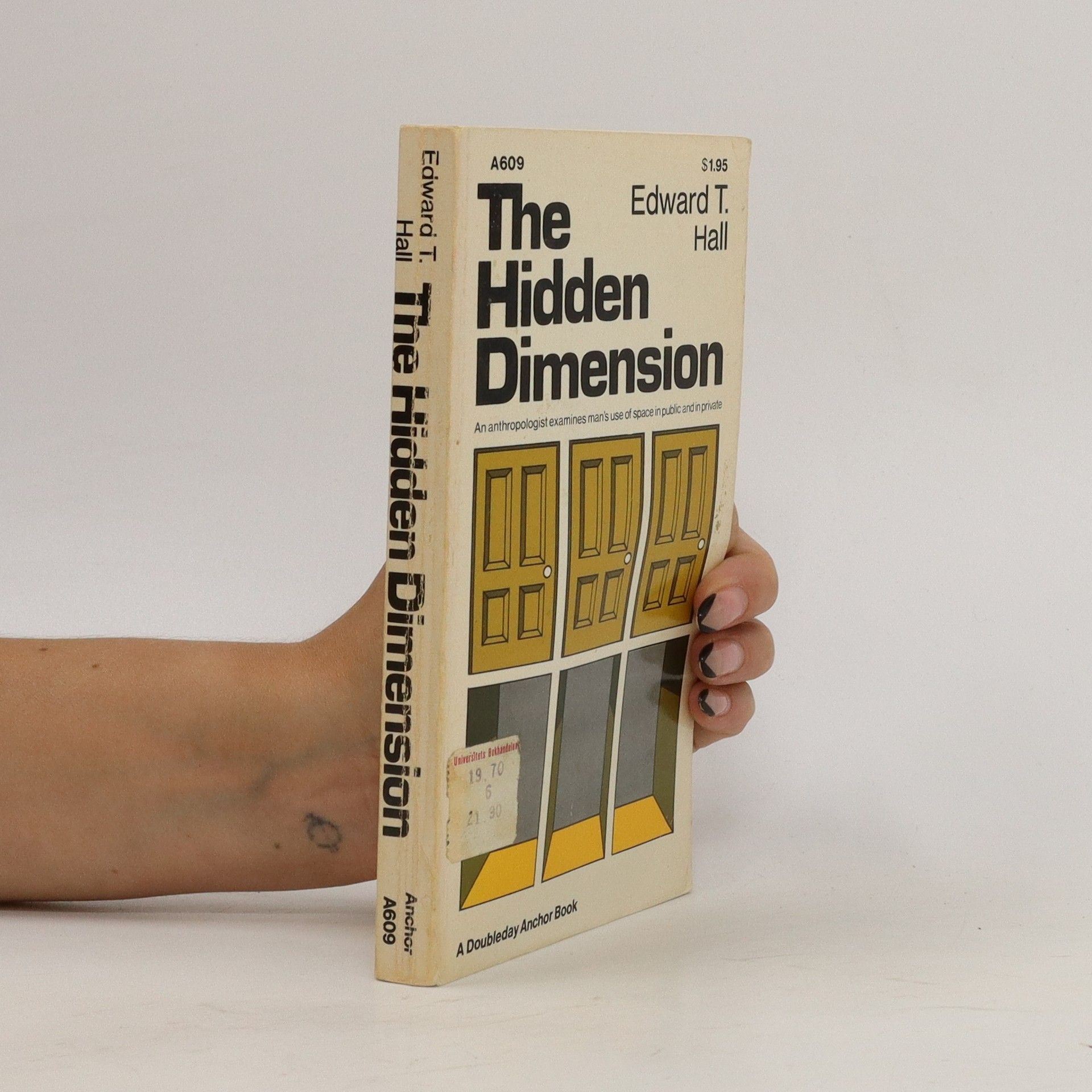People like to keep certain distances between themselves and other people or thigns. And this invisible bubble of space that constitutes each person's "territory" is one of the key dimensions of modern society. Edward T. Hall, author of The Silent Language, introduced the science of proxemics to demonstrate how man's use of space can affect personal and business reltions, cross-cultural interactions, architecture, city planning, and urban renewal. "One of the few extraordinary books about mankind's future which should be read by every thoughtful person." —Chicago Tribune "This is a book of impressive genius, replete with unusually sharp observations." —Richard J. Neutra, Landscape Architecture
Edward T. Hall Bücher
Edward T. Hall war eine prägende Figur der interkulturellen Kommunikation. Seine lebenslange Forschung, inspiriert von seiner Zeit bei den Navajo- und Hopi-Stämmen sowie seinem Militärdienst im Zweiten Weltkrieg, konzentrierte sich auf kulturelle Wahrnehmungen von Raum und Zeit. Er entwickelte wegweisende Konzepte wie Proxemik, polychrone und monochrone Zeit sowie die Unterscheidung zwischen Hoch- und Niedrigkontextkulturen. Halls Arbeit hat unser Verständnis davon, wie kulturelle Unterschiede zwischenmenschliche Interaktionen und unsere Weltwahrnehmung beeinflussen, maßgeblich geprägt.






The Silent Language
- 209 Seiten
- 8 Lesestunden
A leading American anthropologist analyzes the many vitally important ways in which people "talk" to one another without the use of words. "The Silent Language shows how cultural factors influence the individual behind his back, without his knowledge." —Erich Fromm The pecking order in a chicken yard, the fierce competition in a school playground, every unwitting gesture and action—this is the vocabulary of the "silent language." According to Dr. Hall, the concepts of space and time are tools with which all human beings may transmit messages. Space, for example, is the outgrowth of an animal's instinctive defense of his lair and is reflected in human society by the office worker's jealous defense of his desk, or the guarded, walled patio of a Latin-American home. Similarly, the concept of time, varying from Western precision to Easter vagueness, is revealed by the businessman who pointedly keeps a client waiting, or the South Pacific islander who murders his neighbor for an injustice suffered twenty years ago.
Early Stockaded Settlements in the Governador New Mexico
- 96 Seiten
- 4 Lesestunden
A study of the early part of the Developmental Pueblo Period based on the findings of excavations in north-central New Mexico in 1941 from the joint efforts of Columbia University and the Laboratory of Anthropology at Santa Fe. Specifically examines descriptions of the excavations, pottery, textiles, worked bone and antler, stone artifacts, and cranial materials from the Governador area.